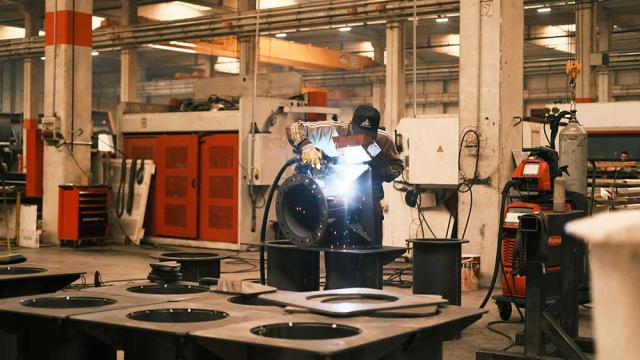Content by Akhilesh Gulati

Thu, 12/11/2025 - 12:03
I’ve had this conversation countless times—sometimes with a frustrated client, often with a colleague, and occasionally with my own reflection.
We hear familiar calls for help:• “We need better communication.”• “People need to collaborate more.”• “…
Thu, 11/13/2025 - 12:03
Meritocracy—the idea that individuals should advance based on their talent and hard work—appeals to our sense of fairness. However, despite its noble intentions, meritocracy often fails in practice.
Emilio J. Castilla’s The Meritocracy Paradox (…
Tue, 10/07/2025 - 12:02
Quality initiatives rarely fail because of bad tools. They fail because people don’t adopt them.
Organizations spend months mapping processes, running kaizen events, or documenting corrective actions, only to watch the improvements unravel when…
Mon, 09/22/2025 - 12:03
Organizations often face a familiar dilemma: It’s not a shortage of good ideas, but a struggle to decide which one to pursue first. During project prioritization meetings, leaders are likely to present a wide range of perspectives. The finance team…
Mon, 08/11/2025 - 12:03
Complacency won’t show up on a control chart. But its damage is real. Can AI and systems thinking help us detect it and respond before trust is lost?
As customer expectations evolve, one question remains: Are customers still at the core of your…
Mon, 06/09/2025 - 12:03
In today’s competitive manufacturing landscape, resilience is the new quality. And one of the most powerful lessons in resilience doesn’t come from a factory—it comes from an art form.
In the Japanese tradition of kintsugi, a broken ceramic bowl is…
Wed, 05/21/2025 - 12:03
When we step into a complex organization—whether in manufacturing, healthcare, or finance—we often find ourselves navigating a sea of competing truths. Everyone seems certain they see the problem clearly. Yet somehow, solving it feels harder than it…
Thu, 04/17/2025 - 00:03
As director of quality at a manufacturing plant, James faced the reality of shift every day. As the plant embraced new technologies and adapted to changing global dynamics, he knew that quality management could no longer be reactive. The question…
Wed, 01/29/2025 - 00:03
Paul was sitting in his office staring at production numbers from the past quarter. Despite having a great team, strong customer demand, and state-of-the-art equipment, the factory’s performance wasn’t meeting expectations. There was a bottleneck in…
Wed, 01/22/2025 - 00:02
In the world of operations and quality management, the pressure to act quickly can feel overwhelming. Senior executives are constantly racing against time to meet customer demands, solve problems, and keep shareholders satisfied. In the rush to…